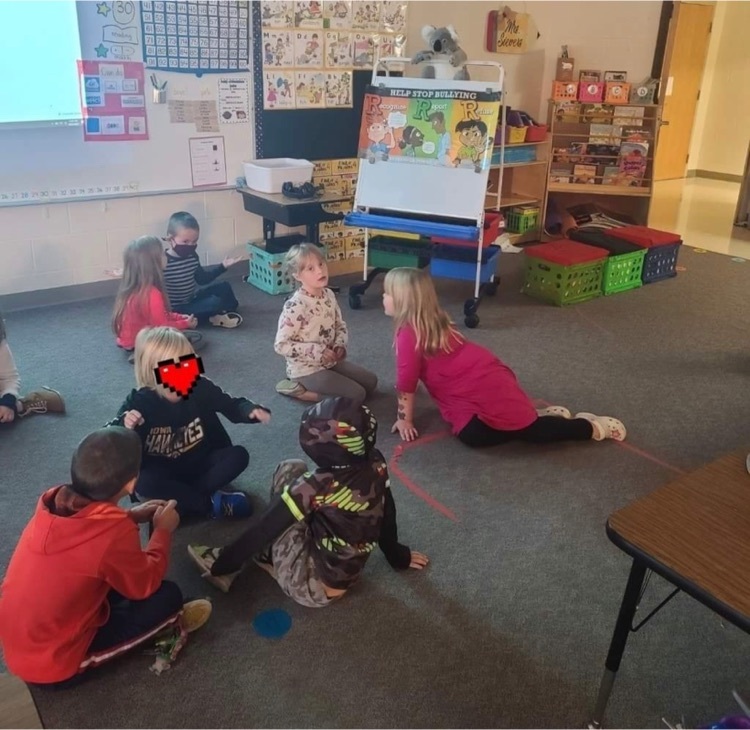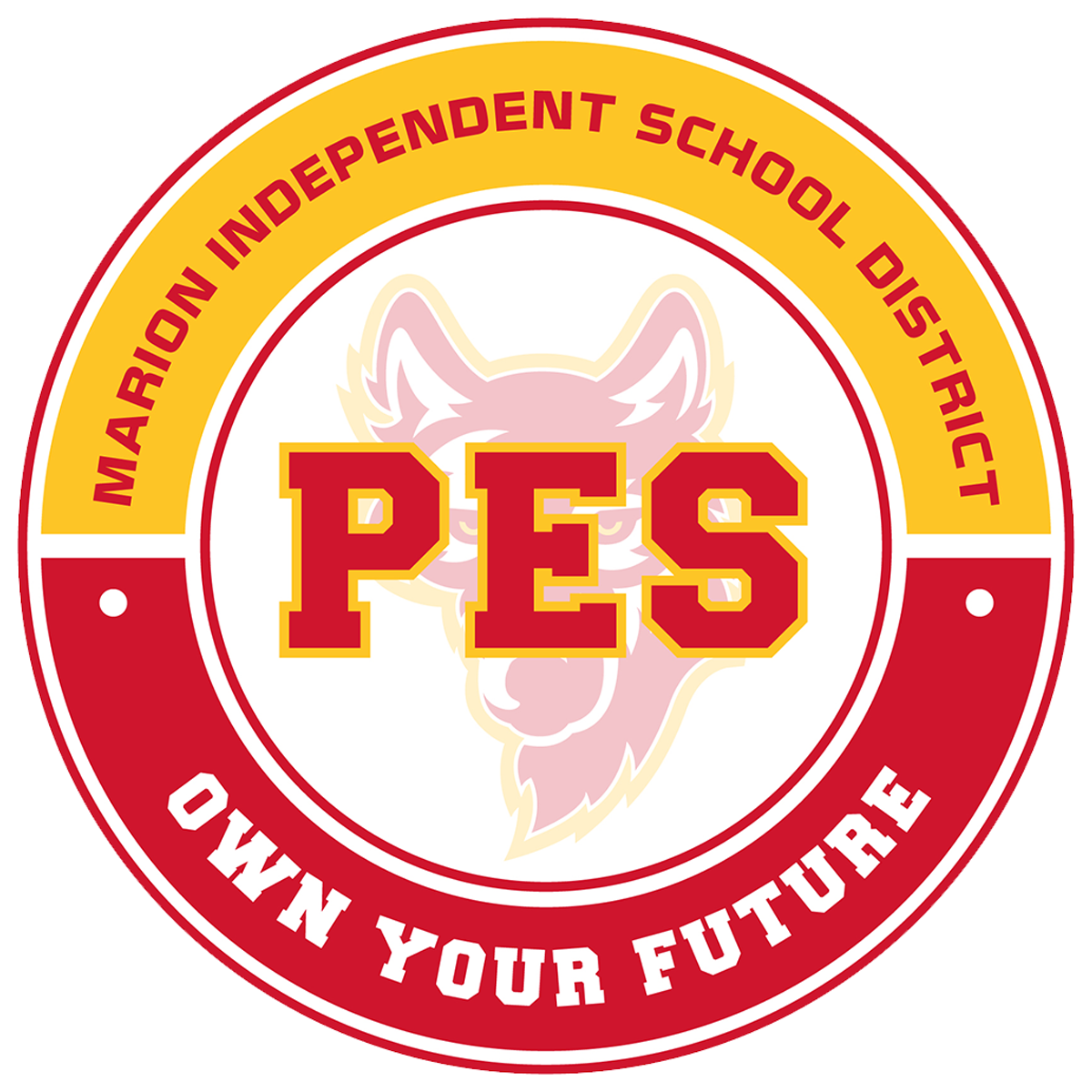Every other week, Counselor Johnson visits each classroom. A bit different from the regular “specials” schedule, this time is used for instruction surrounding Career, Academic, Personal/Social skills, or C.A.P.S. More specifically, students learn about topics such as friendship, problem solving, conflict resolution, bullying, goal setting, learning about careers, choices vs. consequences, and more. Sometimes, if one class or grade level is struggling in a specific personal/social area, Counselor Johnson will come in with a lesson to help them get back on track!
In November and December, CAPS instruction consisted of the Bullying Prevention Unit as part of the district’s Second Step curriculum. This unit focuses on helping the students understand how to help stop bullying with the 3 R’s.

The first R stands for Recognizing bullying. In this lesson students watched videos about other kids their age and how they recognize bullying happening. Second Step curriculum teaches the definition of bullying as: “something mean, that happens over and over again, on purpose, and the person that it is happening to hasn’t been able to make it stop.” In 2nd grade, students begin to learn more specifics including: bullying is one sided, unfair, and there is often a power imbalance.
The second R stands for Reporting bullying. In this lesson, we focused on the definition of trusted adults. Students were asked to identify trusted adults in their lives that they trust to help them if bullying were to happen to them. Students also practiced using a brave, strong, and respectful voice to report bullying.
The third R stands for Refusing bullying. In this lesson students watched videos about how to stand up for themselves by using a strong, respectful voice. Students practiced by saying “Please stop, I don't like that!”. In second grade, students learn how to communicate this more effectively with I-Statements. Students also role played this skill!
Finally, students also learned strategies to Recognize, Report, and Refuse bullying when they are a bystander. In this curriculum, a bystander is someone who knows about or watches bullying happen. Students learn that bystanders have a lot of power and can make the problem better or worse; and then classes explored ways they could help make the problem better.


